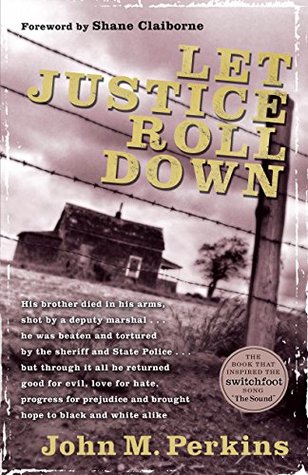More on this book
Community
Kindle Notes & Highlights
Now, I couldn’t analyze all the reasons I ended up different. Maybe my family background gave me some extra drive and ambition. But, you see, I couldn’t claim credit for that. It was something handed down to me just as money is inherited.
You see, I knew that if the Bible I was teaching could ever really do something here, it would have to be a visible truth. I knew that if I only had students, even lots of students, the whole thing could drift away like many other “religious” programs. I knew that I had to develop fellow workers, not just Bible club students.
Around this time we found ourselves organizing a church, though that hadn’t been part of our original plan. Much of what we wanted to do didn’t fit in to the traditional church patterns, and we found that many people in the community were already viewing our work as a church, with the Bible classes and all; so, in 1964, we formed a new congregation, the Berean Bible Church.
Blacks were suddenly realizing and saying, “We are human!” And they were realizing it more suddenly than the whites were.
One history writer counted ‘em up: “By 1964 Mississippi’s massive resistance laws encompassed some forty statutes, solutions, and amendments. … Mississippi had the South’s
If Christ is Savior, He must also be Lord—Lord over such areas as spending, racial attitudes and business dealings.
Thanks to the “Mississippi Plan,” a smaller percentage of Mississippi’s blacks were eligible to vote for president in 1964 than were eligible to vote for William McKinley way back in 1896.
On April 3, 1970—a month after my trial in Mendenhall—the state legislature repealed both statutory prohibitions against racial integration and the criminal laws providing for racially segregated public facilities. Restaurants, schools, offices—even in Mississippi, these places were starting to integrate. But where was there an integrated church?


